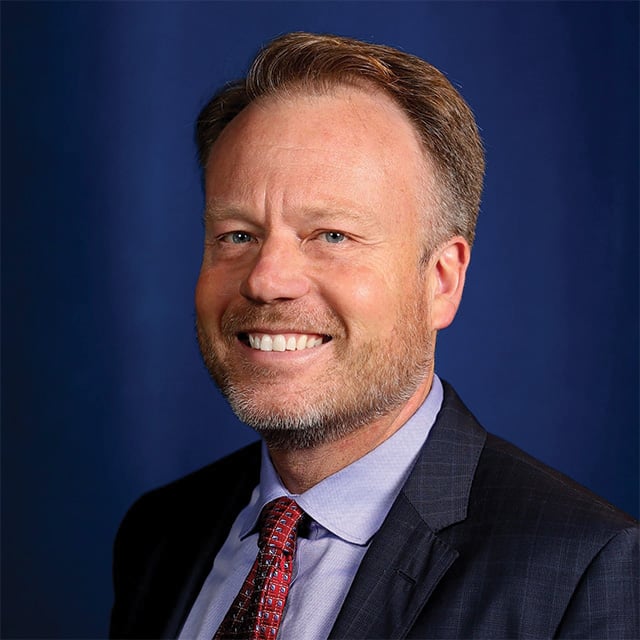What You Have to Know About CalSavers (No Matter Where You Live)
1. CalSavers is part of California's universal retirement arrangement access effort.
Every California with five or more employees is supposed to begin offering the employees access to some kind of retirement saving arrangement by June 30, 2022. An employer can meet the requirement by offering a 401(k) plan, adding a commercial individual retirement account (IRA) program, using some other commercial arrangement, or signing up for CalSavers. For the employees, participation will be voluntary. An employer will get no tax incentives for using the state IRA program, but it will not have to pay any fee to the state. The only cost will be the time and effort the employer puts into complying with the retirement benefits mandate. The mandate is set to take effect in June 2020, for employers with 100 or more employees, June 2021 for employers to 50 to 99 employees, and June 2022 for all employers with five or more employees. CalSavers managers were saying they would start offering a pilot program version of the program in November. Managers appear to be late with opening the pilot program for business. A California Secure Choice Retirement Savings Investment Board is in charge of the program. The chairman is the California state treasurer. CalSavers' website is available here.
2. California's government has changed.
Outgoing Gov. Jerry Brown, a Democrat, signed Senate Bill 1234, the bill that created CalSavers, in September 2016. Brown was once seen outside of California as a very liberal Democrat, but he has been viewed as a centrist Democrat in California. Gavin Newsom, the incoming governor, has described himself as a "pro-business, progressive Democrat." He has been a strong supporter of single-payer health care proposals, and it's possible that the single-payer health care fight could end up shaping CalSavers implementation.
3. A California taxpayer group is still fighting the birth of CalSavers in court.
Business groups in California succeeded at blocking a "universal health coverage" effort that would have required all large employers in the state to provide major medical coverage. This time around, the Howard Jarvis Taxpayers Association is leading the legal fight against the CalSavers program. The association argues, in a suit filed in the U.S. District Court for the Eastern District of California, that the program is illegally, under federal law, because it would conflict with how the U.S. Department of Labor has interpreted the Employee Retirement Income Security Act.
4. NAIFA opposes the program.
Many financial professionals sell life insurance policies and annuities that clients can use in retirement planning. NAIFA acknowledges in its position statement on state-run retirement programs that many U.S. workers need to save more. But "NAIFA does not believe that a state-run plan that competes with private market plans is the answer," NAIFA says. "Availability and access to retirement savings options are not the problem. There already exists a strong, vibrant private-sector retirement plan market that offers diverse, affordable options to individuals and employers. If a retirement plan is not offered at work, employees have ready access to low-cost IRAs through local financial advisors and financial institutions. There simply is no need for a state program to compete with the private sector." NAIFA says states should focus instead on education and outreach efforts, and, possibly, on retirement plan clearinghouses, or exchanges, that could help bring employers and plan providers together.
5. The program could be a soft target.
Financial professionals use the start of CalSavers and similar programs to demonstrate their expertise, by providing information about the programs for employers. Paychex Inc., a payroll company, has courted employers' attention with background articles like this one. Financial professionals could also benefit by showing individuals why commercial retirement saving arrangements are better than CalSavers-type programs. CalSavers, for example, will limit contributions to just $6,000 per year. It won't offer any company contribution feature, and it won't give either the employer or the employee access to any tax breaks, beyond what employees get from contributing to IRAs. CalSavers managers will pick the investment options, which may be different from what clients would choose for themselves. — Read Trump Is No Hurdle for Oregon's State-Run Auto-IRA Plan, on ThinkAdvisor. — Connect with ThinkAdvisor Life/Health on LinkedIn and Twitter.
© Touchpoint Markets, All Rights Reserved. Request academic re-use from www.copyright.com. All other uses, submit a request to [email protected]. For more inforrmation visit Asset & Logo Licensing.
Featured Resources
View All
Sponsored by Manulife John Hancock Investments
Exploring Private Credit's Journey to a Trillion-Dollar Asset Class









